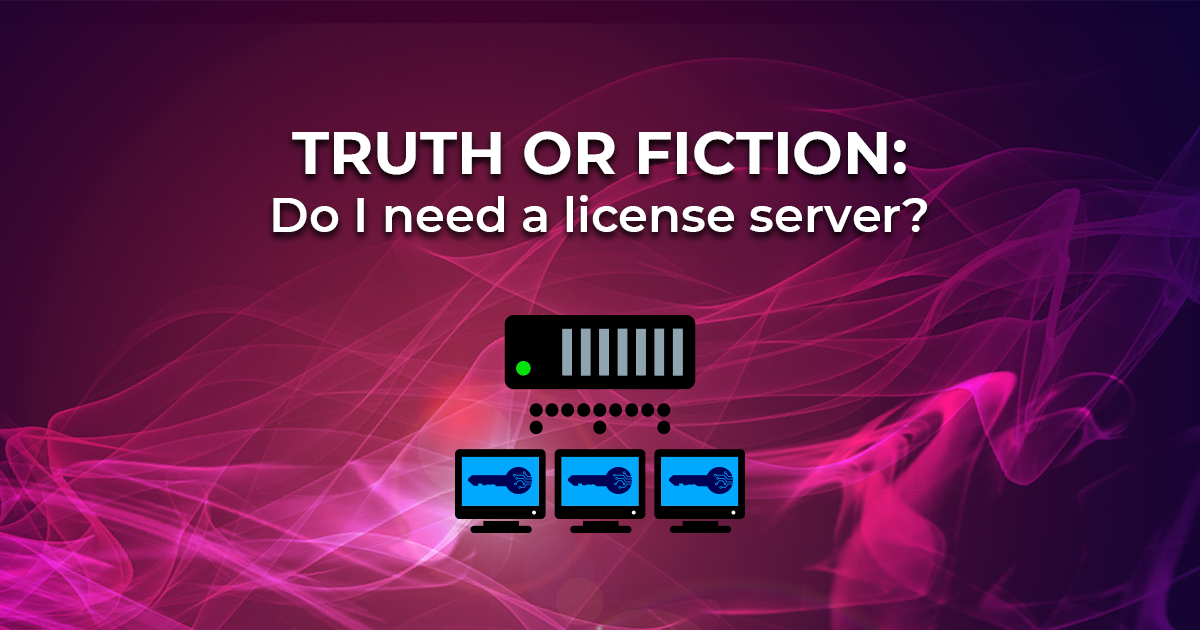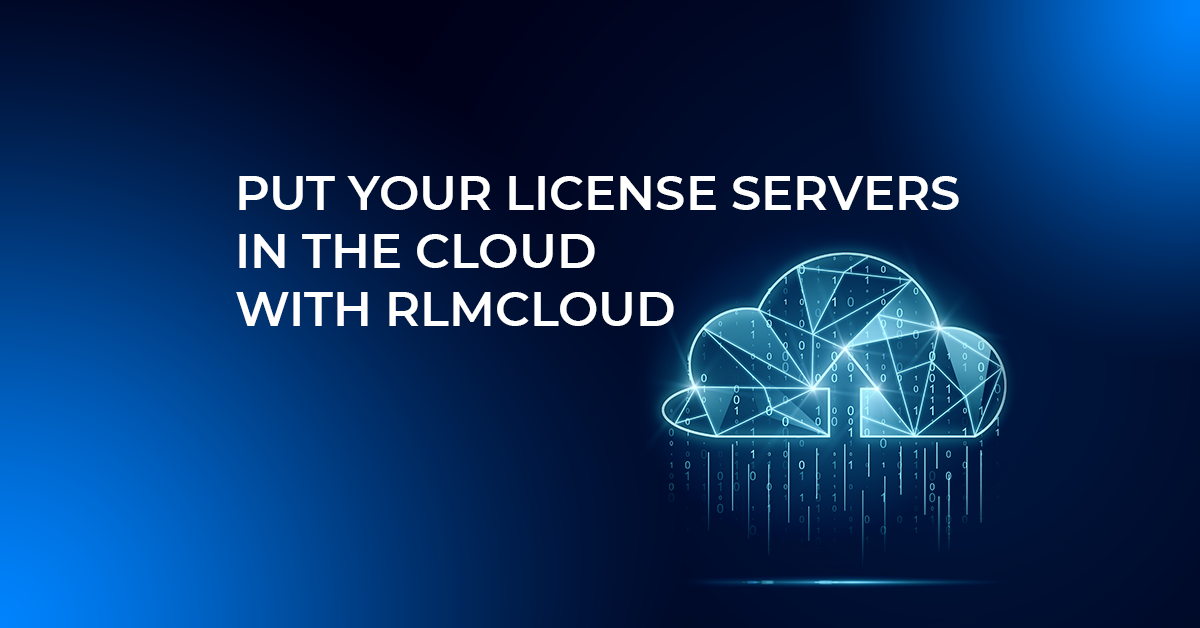In an attempt to clear up some confusion and to provide a little education on the not-quite-fascinating subject of license servers, we’ll review various licensing scenarios and what is involved on the server side.
When Do You Need a License Server?
With most popular license managers, including Reprise Software’s Reprise License Manager™ (RLM), the primary function of a license server is to count concurrent licenses. So, if you want to control how many copies/licenses/seats of your product are in use at a given customer site at a given time, you need a license server.
Generally, other license models including date-based (future expiration date, or “time bomb”), feature-based and demo licenses, do not require a server.
So really, the primary situation in which you need to deploy a license server at your user site is if you’re doing concurrent licensing. Other equivalent names for this include counted, floating and network licensing.
Another license model that requires a server is token licensing. With this model, license rights are expressed in terms of other licenses or products. Obviously, this is a more-advanced topic, but suffice it to say, a server is involved.
How to Install A License Server
Installing a license server is not that big of a deal. It usually does not require much in the way of computer resources and it does not need a dedicated piece of hardware. Other than ensuring the server process is started when the machine boots, and taking a look at its health periodically, not much is involved for the user in running a license server. In fact, many large end-user enterprises are likely already running license servers for other ISVs’ products and won’t be surprised that your product runs a license server.
And lastly, to clear up some further confusion: the server we’ve been discussing here is used while the ISV’s product is in use. Its role in life is to ensure that a maximum amount of usage isn’t exceeded, or is exceeded only when agreed upon.
Another service occasionally used by software vendors deploying products with license management is an activation server. Typically, this server is setup alongside or behind an ISV’s main public web server. The activation server is usually used only when a licensed product is first installed, and allows the ISV to get a record of the machine on which the licensed product is run and then transparently ship a digitally signed text license to it. This text license, also called a license file, is human readable and contains details about the usage rights given to the user by the ISV. It is needed for the ISV’s product to run.
But, again, don’t worry: activation servers are not mandatory when selling products with license management. There are many ways to exchange information with the end user of an ISV’s product; using an activation server is only one of them.








